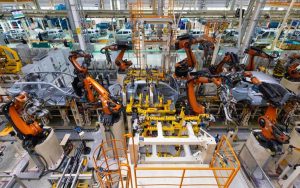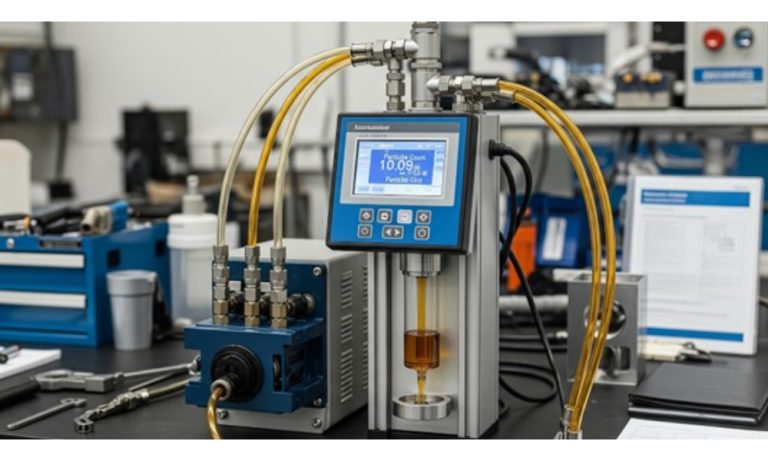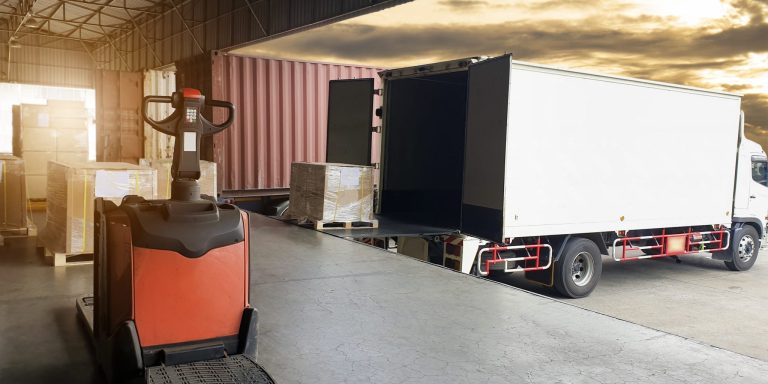Technology has become one of the most critical aspects of our daily lives. We’re living in a world where the absence of technology is something we cannot imagine.
Even various industries have been implementing the use of technology, and you could see its positive impact in the fields of distribution, warehousing, and logistics.
Here are four technologies making smart warehouse.
1. Automated Inventory Control Platforms
By using automated inventory control platforms together with other technological innovations out there, like asset and inventory tags, there’s the assurance that everything will be in control and proper order.
With an automated inventory platform, this would also reduce the risks of overselling. Overselling is considered one of the most common challenges a lot of online sellers face on a daily basis.
Something like this could lead to disappointed customers and loss of control in terms of inventory management. That’s not all, if not resolved right away, it could even lead to account suspension. Fortunately, a smart warehouse prevents that from also happening.
All orders are synchronized, and an inventory is done all throughout the marketplace, and with various eCommerce platforms. This ensures that the stock levels are well-adjusted every time.
It’s also worth noting that, by being able to streamline the inventory management process, you’ll also be able to reduce inventory costs related to human errors and ensure future savings later on.
It is something that would definitely improve the chances of shortening the supplier lead time through the implementation of better supplier management relationships. This lessens the issue of obsolete stock and something similar.
2. Warehouse Management Systems
For those who are not familiar with the term. WMS is known to be a comprehensive software system that’s composed of various data that are merged into a single platform that can be accessed anywhere in the world, and by those who are part of the supply chain community.
This type of data allows speedy reporting, mainly if used properly. Something like this would definitely ensure efficient planning where inefficiency is something that won’t likely happen.
Furthermore, a well-designed WMS is also known for reducing expenses in a number of ways. As a matter of fact, it’s one of the few reasons that more and more warehouses are starting to implement the usage of WMS.
There are also some advanced systems that come with warehouse floor simulators that allow users to come up with potential floor plans within the system. Through these simulators, you’ll be able to easily position shelves, pallets, and equipment necessary for the warehouse.
Another benefit would be inventory visibility, and it’s considered to be one of the most crucial components in WMS. With this software, you’ll have real-time data regarding inventory.
3. Automated Guided Vehicles
Experts highly believe that one of the best ways to improve your storage and retrieval process is through the use of automatic guided vehicles popularly known as AGVs.
The structural integrity of AGVs continues to evolve every year, and it has been proven to be one of the safest and most reliable solutions there is. Some of their most important functions include container storage, rack, pallet, and many more.
4. Automated Picking Tools
Back then, everything is done manually, and that includes picking orders, transactions, etc. Times have changed; we now have automated picking tools that ensure mistakes will never happen again. This also guarantees a near-perfect picking rate when integrated into the flow.
Aside from that, there are also a number of tools proven to be helpful as it improves picking procedures through robotic order picking, voice-automated order picking, pick-to-light, and many more. These technologies also integrate the use of Barcoding options to ensure accurate data.
Other benefits include super-fast productivity. Just like what has been mentioned earlier, mobile automated warehousing, especially if you’re going to use a reliable service, such as JD Edwards Managed Services, would ensure a remarkable improvement in terms of speed which is way faster than humans.
Not just that, they don’t have to take a break and can work all day long. Also, with the use of automated picking tools, you wouldn’t have to worry that your workers would find it hard to use. They are quite easy to navigate, and believe it or not; it’s actually possible to learn how to control it in just a matter of minutes. Which only implies that pickers won’t have to endure rigorous training anymore.
Author Bio
Chris is a freelance copywriter who loves writing about emerging technologies for business optimizations and growth.















